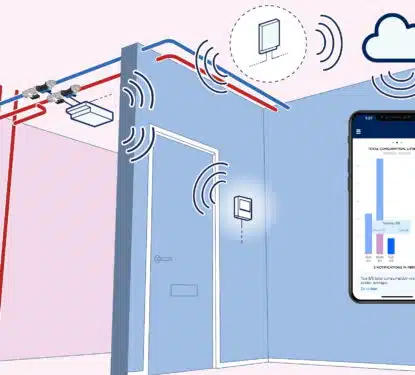Over the last 18-months, due to the ongoing COVID-19 pandemic, commercial buildings have largely been empty and residential buildings have never seen such high occupancy during the day. Unsurprisingly, home improvement has been high on the agenda for people around the world, especially in the affluent developed nations that were hit hard by the virus and subsequent lockdown regulations. This slow, extended, home-based crisis has created the perfect storm for smart home technology to set record growth rates and accelerate the smart home market towards mass-market maturity… at least, you would have thought so. While the logic behind this perfect storm of smart home growth is sound, the reality is that the smart home market has gone distinctly flat in 2021. Despite forecasting a record-breaking year for overall consumer technology sales, the Consumer Technology Association (CTA) expects almost no year-on-year revenue growth in the smart home technology segment. The CTA says its stagnant forecast is merely a function […]
Most Popular Articles

MRI Software: Exploring the 2025 IPO & Sale Options
This Research Note examines a report from Reuters that MRI Software is to be listed in an IPO or sold. We explore the development of the business over the last 10 years, since it was acquired by private equity owners, highlight their software acquisitions for commercial real estate applications addressing integrated workplace management, tenant experience […]

Podcast 40: Stiles Property Management Found $400K+ in Hidden Savings
Most property managers know their buildings are hemorrhaging money through inefficient systems. The problem? They have no idea where to start looking. Devon Newton, VP of Property Management at Stiles, faced this exact challenge with 110 East, a new Class A development in Charlotte’s Southpark district. Despite managing 116 properties across the Southeast, she found […]

Smartvatten Strengthens European Position with 2025 LeakLook Acquisition
This Research Note examines Smartvatten, a Finnish specialist in water efficiency technology and expertise in Northern Europe. It updates our previous article in March 2024, covering Smartvatten’s solutions, key developments in 2024, sustainability partnerships and the September 2025 acquisition of LeakLook, a Finnish specialist in IoT-driven water monitoring for real estate. Smartvatten Profile Established in […]
